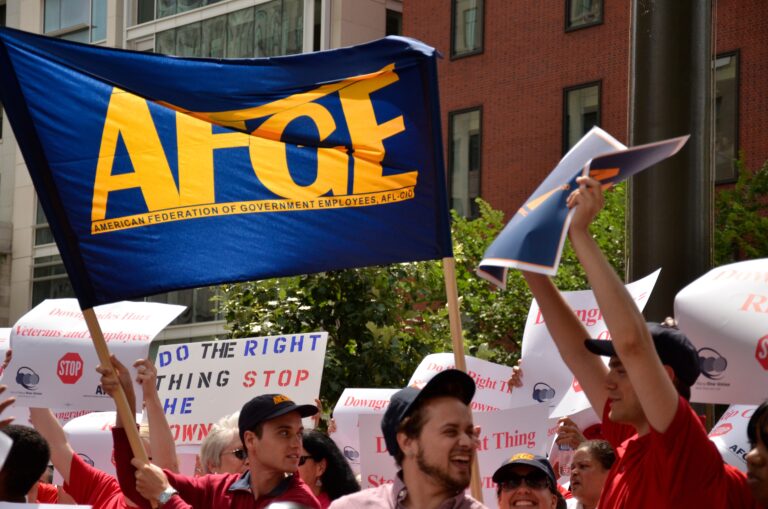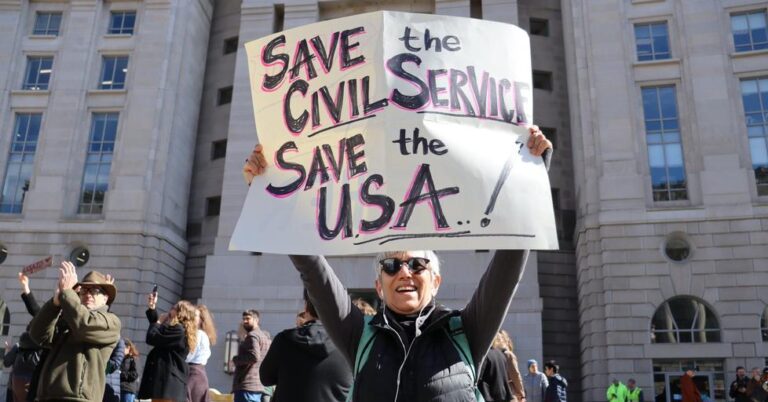Happy Labor Day Weekend, everyone. In case you’re curious about the origin of the federal holiday, the Washington Post has posted a minute-long explanation.
The National Labor Relations Board is celebrating Labor Day 2013 as the centennial of the U.S. Department of Labor. The Wall Street Journal reports that the NLRB unveiled a mobile-phone app to inform workers, employers, and unions about their rights under the National Labor Relations Act. The NLRB is particularly concerned that workers know they can lawfully bring joint grievances to their employers with or without a union. Meanwhile, on the Labor Department website, Secretary Tom Perez issued a Labor Day message calling for a higher minimum wage, invoking for support the ethos behind the creation of the department 100 years ago as well as the March on Washington 50 years ago. The WSJ’s Washington Wire blog analyzes the Secretary’s post in light of adversarial Labor Day messages between the AFL-CIO and Chamber of Commerce. The Washington Post, meanwhile, summarizes the Labor Day addresses of President Obama and Republican Rep. Mike Fitzpatrick.
The Washington Post offers an in-depth overview of last week’s nationwide fast-food-worker strike, as well as the causes behind the strikers’ main demand of a $15-an-hour minimum wage. On a similar tack as the Labor Secretary, the New York Times editorial board favorably compares this demand with one of the demands of the 1963 March on Washington for a $2 minimum wage, or $13.39 today. The Times writes that “the fast-food strikers have it right” that the country needs pro-labor “polices to ensure that a large and growing share of rising labor productivity flows to workers in the forms of wages and salaries, rather than to executive and shareholders.”
Also discussing last week’s fast-food worker strike, Jared Bernstein in the New York Times’s Economix blog writes that the fast-food workers’ demands reflect “plain common sense.” Citing various studies, Bernstein argues that while increases in the minimum wage are absorbed by small prices increases and other mechanisms, the benefits to low-wage workers far outweigh these costs. In a complimentary piece in the same paper, Anna Bernasek notes that income inequality has accelerated during the Obama administration, as measured by the relationship between median and average wages. Average wages are growing faster than median wages, Bernasek writes, which implies that lower earners are falling further behind those at the top.
In other national news, the Washington Post reports that the Fair Pay Campaign, a group organized in 2012 to fight unpaid internships, hopes to organize students around the issue as they return to school this fall. The organization considers unpaid internships exploitative and difficult for lower-income students to access, while some campus administrators emphasize the educational benefits that internships offer. USA Today reports that the rate of homelessness in the United States has declined by 17%, or 129,000 people, since 2005. Analysts credit the improvement to the Obama administration’s investment in affordable housing through the 2009 stimulus program and other approaches.
In international news, the New York Times reports that the actual number of jobless people in the euro zone fell slightly in July even though unemployment remained at record levels in percentage terms. Eurostat estimates that 19.2 million people in the euro area were jobless in July, 15,000 fewer than in June, suggesting that the worst of Europe’s economic downturn may be over. In Asia, the Malaysian government has launched a large-scale immigration operation to find and deport close to a half-million illegal foreign workers, reports the Wall Street Journal. So far 71 migrants from other countries in southeast Asia have been arrested.






Daily News & Commentary
Start your day with our roundup of the latest labor developments. See all
December 5
Netflix set to acquire Warner Bros., Gen Z men are the most pro-union generation in history, and lawmakers introduce the “No Robot Bosses Act.”
December 4
Unionized journalists win arbitration concerning AI, Starbucks challenges two NLRB rulings in the Fifth Circuit, and Philadelphia transit workers resume contract negotiations.
December 3
The Trump administration seeks to appeal a federal judge’s order that protects the CBAs of employees within the federal workforce; the U.S. Department of Labor launches an initiative to investigate violations of the H-1B visa program; and a union files a petition to form a bargaining unit for employees at the Met.
December 2
Fourth Circuit rejects broad reading of NLRA’s managerial exception; OPM cancels reduced tuition program for federal employees; Starbucks will pay $39 million for violating New York City’s Fair Workweek law; Mamdani and Sanders join striking baristas outside a Brooklyn Starbucks.
December 1
California farmworkers defend state labor law, cities consider requiring companies to hire delivery drivers, Supreme Court takes FAA last-mile drivers case.
November 30
In today’s news and commentary, the MSPB issues its first precedential ruling since regaining a quorum; Amazon workers lead strikes and demonstrations in multiple countries; and Starbucks workers expand their indefinite strike to additional locations. Last week, the Merit Systems Protection Board (MSPB) released its first precedential decision in eight months. The MSPB had been […]